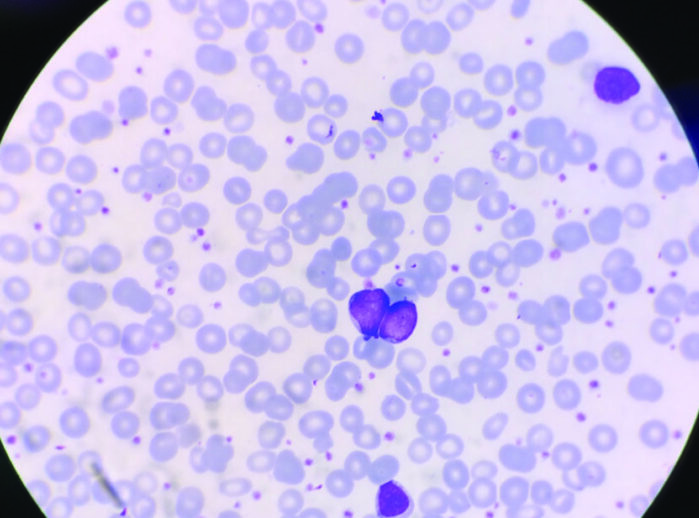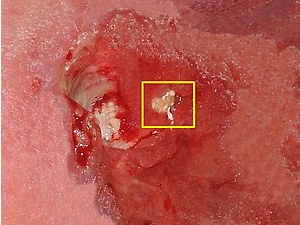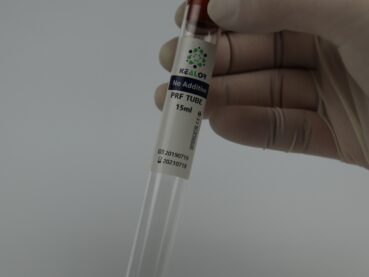Platelet-rich plasma (PRP) therapy has gained popularity as a non-surgical treatment option for various conditions, including orthopedic injuries, dermatological issues, and hair loss. PRP contains a high concentration of growth factors, cytokines, and other bioactive molecules that can promote tissue healing and regeneration. However, the effectiveness of PRP therapy largely depends on the concentration of growth factors present in the PRP. Therefore, it is crucial to measure the growth factor amount in PRP to ensure the highest quality and efficacy of the therapy. In this article, we will discuss how to measure the growth factor amount in platelet-rich plasma.
What are Growth Factors?
Growth factors are proteins that regulate cellular growth, proliferation, and differentiation. They play a crucial role in tissue healing and regeneration by stimulating the migration, proliferation, and differentiation of cells involved in tissue repair. In PRP therapy, the growth factors present in PRP can promote tissue healing and regeneration by increasing blood flow, reducing inflammation, and stimulating cell proliferation.
Measuring Growth Factors in PRP
There are several methods to measure the growth factor amount in PRP. The most common methods include enzyme-linked immunosorbent assay (ELISA), chemiluminescent immunoassay, and multiplex assay.
ELISA
ELISA is a common method used to measure the concentration of growth factors in PRP. It involves immobilizing a specific antibody on a solid surface and then incubating the PRP sample with the immobilized antibody. The bound growth factors are then detected using a second antibody that is conjugated to an enzyme. The enzyme produces a color change or a fluorescent signal that is proportional to the amount of growth factor present in the PRP sample.
Chemiluminescent Immunoassay
Chemiluminescent immunoassay is a method that measures the amount of growth factor in PRP based on the emission of light produced by a chemical reaction. It involves immobilizing the specific antibody on a solid surface and then incubating the PRP sample with the immobilized antibody. The bound growth factors are then detected using a second antibody that is conjugated to a chemiluminescent substrate. The chemiluminescent reaction produces light that is detected using a luminometer, and the amount of light produced is proportional to the amount of growth factor present in the PRP sample.
Multiplex Assay
Multiplex assay is a method that measures the amount of multiple growth factors in PRP simultaneously. It involves using a panel of specific antibodies that are immobilized on a solid surface. The PRP sample is then incubated with the immobilized antibodies, and the bound growth factors are detected using fluorescently labeled antibodies. The fluorescence intensity is then measured using a multiplex analyzer, and the amount of each growth factor is quantified based on its fluorescence intensity.
Conclusion
Measuring the growth factor amount in PRP is crucial to ensure the highest quality and efficacy of PRP therapy. Several methods, such as ELISA, chemiluminescent immunoassay, and multiplex assay, can be used to measure the concentration of growth factors in PRP. By measuring the growth factor amount in PRP, practitioners can adjust the PRP preparation protocol to ensure optimal growth factor concentration and enhance the therapeutic effects of PRP therapy.








